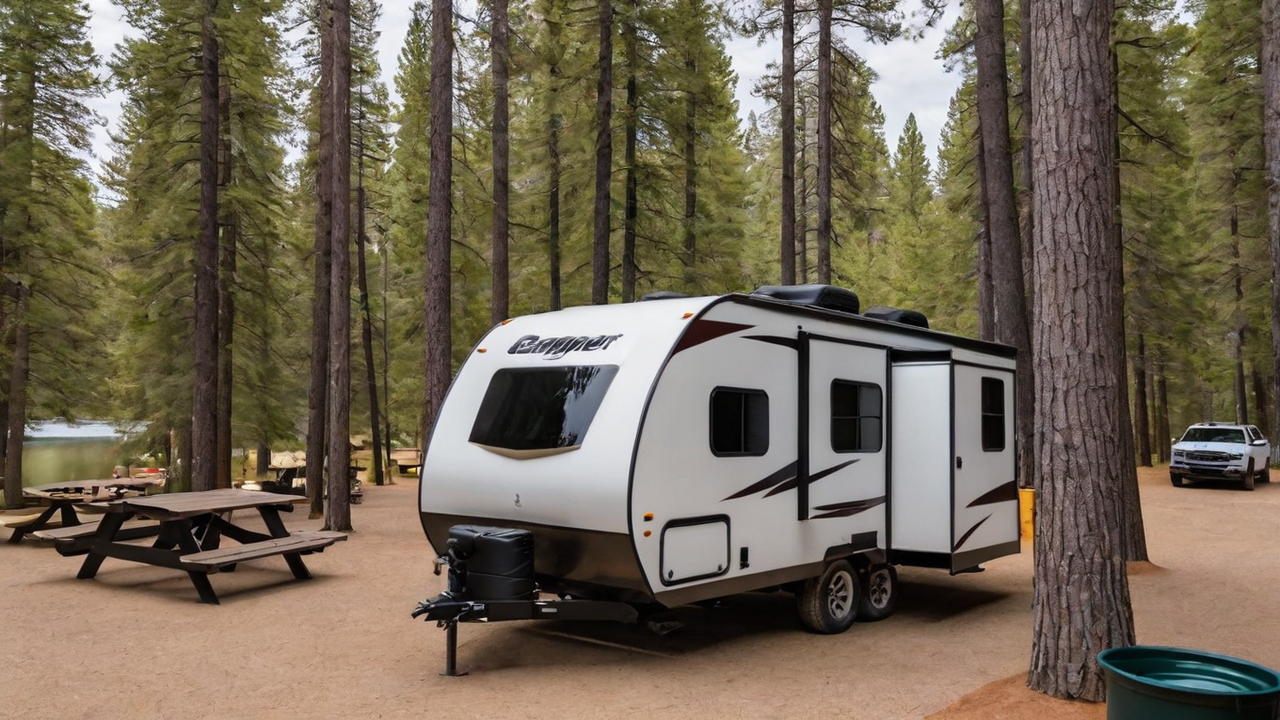Creating an Optimal User's Interface: Design Guidelines for Campground Software
Creating an Optimal User's Interface: Design Guidelines for Campground Software
Blog Article

Understanding The Audience
Knowing whom your intended audience are essential in crafting an efficient user experience. It's crucial to consider your requirements, likes, and tech competence. This understanding directs the designing decision, guaranteeing that the software becomes user-friendly and intuitive.
Understanding the audience likewise means recognizing their difficulties and the way they plan to utilize the camping software. This allows designers to customize functions and functionalities that address specific requirements, thus making your software not only helpful but also indispensable.
Streamlining the Navigation
Streamlining your navigation can be one major aspect of interface design. A clear navigation structure makes sure users can readily find what they're searching for, reducing frustration and improving satisfaction levels. It's about the experience within the app as effortless as possible.
Furthermore, effective navigation guides users through your software, showcasing functions and tools that they might otherwise overlook. Such an approach not only improves usability but also encourages deeper interaction with the campground software full array of capabilities.
Integrating Premium Visuals
Graphics have a vital role in making a engaging user interface. Visuals help in breaking up monotony and can demonstrate features more clearly than description alone. Selecting the appropriate images, icons, and color schemes can greatly enhance the overall appearance of the application, thereby making it more appealing to your eye.
Moreover, a consistent visual style is for creating a strong brand identity and trust among your users. Every element must be in alignment with the brand's principles and the overall message of the application, creating a seamless user experience that is both polished and welcoming.
Enhancing the Responsiveness
In the current digital world, users demand camping software to be responsive on every platforms, from desktops to smartphones. An responsive design ensures that no matter of what screen size, your software offers an uncompromised user experience. This not only boosts usability but likewise caters to the audience's on-the-go lifestyle.
Moreover, enhancing the responsiveness could result in enhanced performance, decreasing the loading time and avoiding user frustration. Users appreciate a quick and smooth interaction when using campground software, which makes speed a vital aspect in user satisfaction.
Optimizing the Search Functionality
Searching for info quickly is key in any application, particularly in campground software systems. Enhancing the search functionality enables users to quickly discover exactly what they're searching for, which enhances user experience and productivity. Through advanced search features, you minimize user frustration and boost general satisfaction.
Furthermore, complex search features such as filters and tags can help in narrowing down results, making the process more effective. Introducing these functionalities demonstrates a understanding of your users' needs and a commitment to making their experience with the campground software as seamless and effective as possible.
Focusing on User Security
Protecting user information is always a top priority when it comes to designing campground software. Users need to feel safe when inputting their personal information. Ensuring strong security protocols not only secures their information but likewise builds a sense of trust between your customer and your company.
In addition to standard protections like passwords and data encryption, consider adding additional security measures such as two-factor authentication or biometric verification. These features provide an extra layer of security, ensuring that user data is kept safe from unauthorized access.
Leveraging Feedback
Feedback is vital for ongoing improvement of the campground software. It allows developers to understand what works, what doesn’t, and how the application can be enhanced to better meet the user’s expectations. Actively seeking this type of feedback builds a partnership between your customers and the team, making them feel they are part of the software’s evolution.
Using this feedback wisely can result in tangible improvements in user interface design and overall UX. Making changes based on user input demonstrates that your company values its users and is committed to providing a superior experience.
Keeping the Simplicity
Among design, simplicity is key. An unnecessarily complex UI can overwhelm users, leading in an negative UX. Keeping things simple, on the hand, makes the software easier to understand and navigate. It promotes more user engagement and satisfaction.
Furthermore, maintaining the simplicity should also extend to the content and functionality. Avoiding unneeded features that don’t add real value can help ensure that the interface remains clean and focuses on meeting the core needs of your end-users. By doing so, you create a more get more info effective UX that resonates with your audience.
Report this page